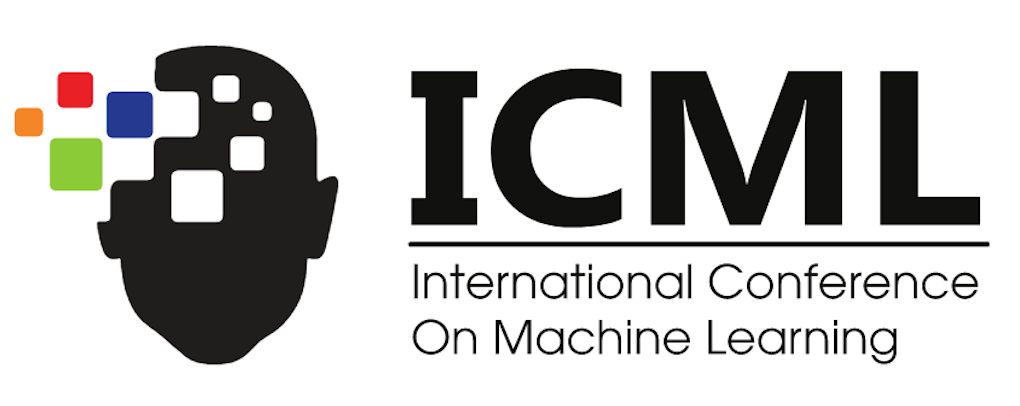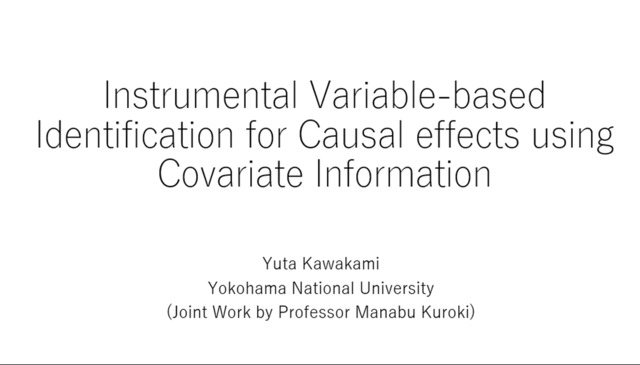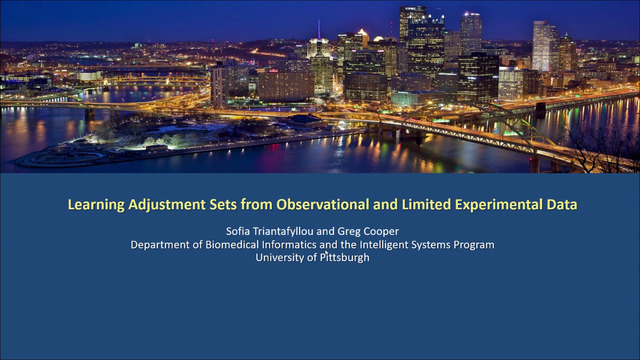Abstract:
Causal inference from observational data can be biased by unobserved
confounders. Confounders—the variables that affect both the treatments
and the outcome—induce spurious non-causal correlations between the
two. Without additional conditions, unobserved confounders generally
make causal quantities hard to identify. In this paper, we focus on
the setting where there are many treatments with shared confounding,
and we study under what conditions is causal identification possible.
The key observation is that we can view subsets of treatments as
proxies of the unobserved confounder and identify the intervention
distributions of the rest. Moreover, while existing identification
formulas for proxy variables involve solving integral equations, we
show that one can circumvent the need for such solutions by directly
modeling the data. Finally, we extend these results to an expanded
class of causal graphs, those with other confounders and selection
variables.









































